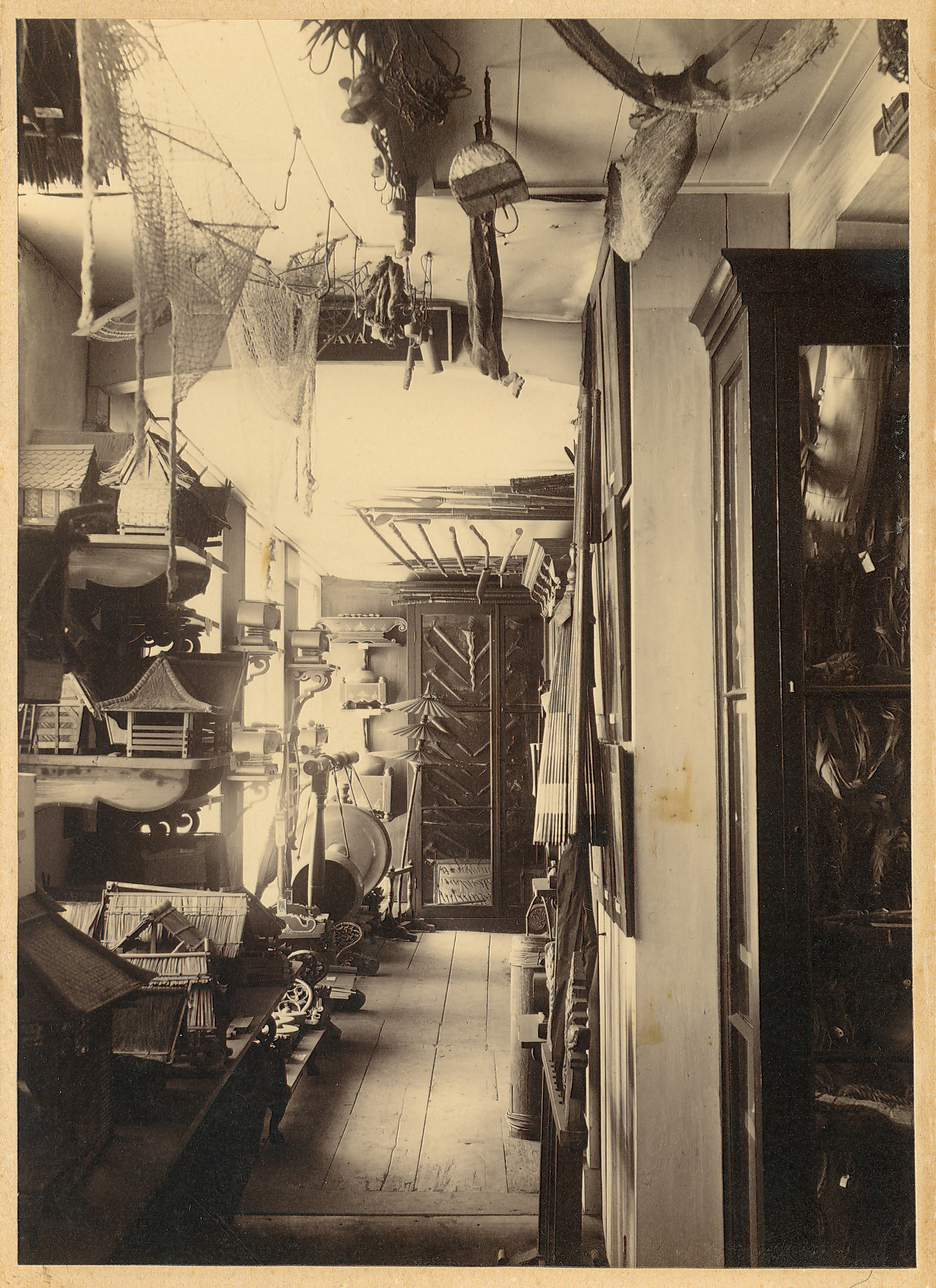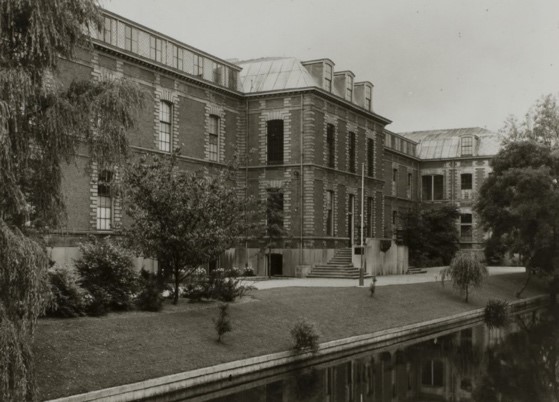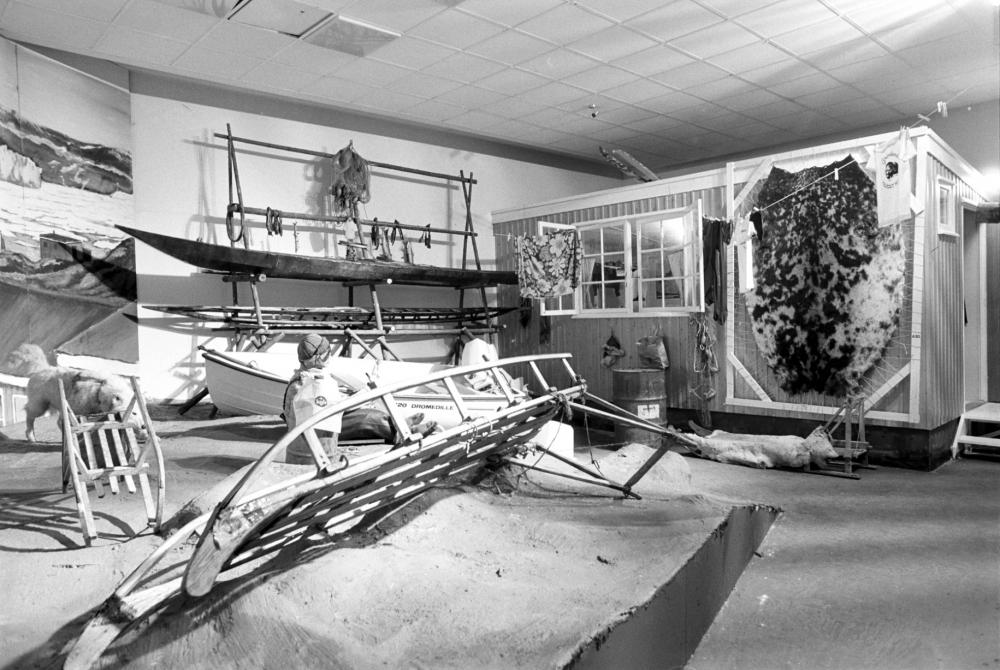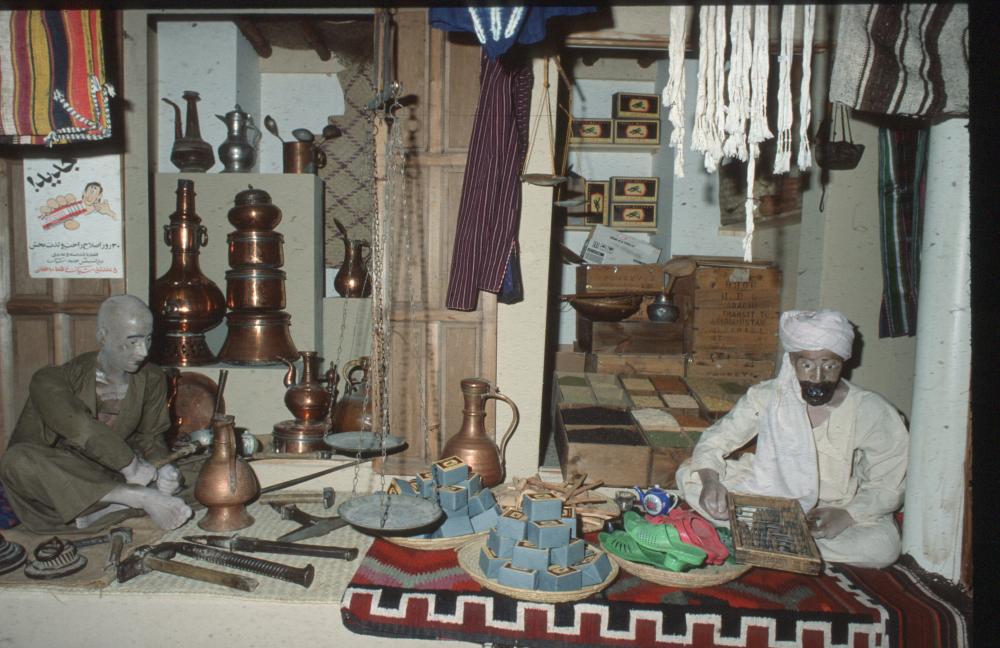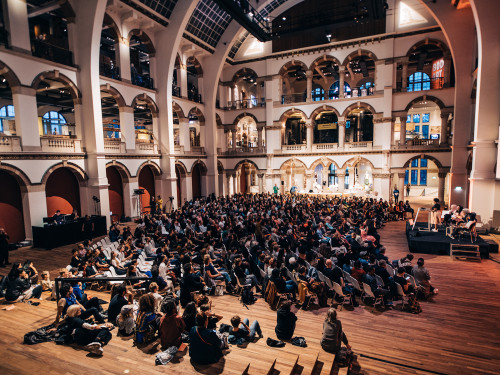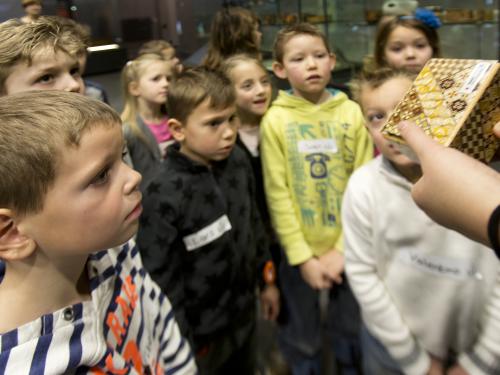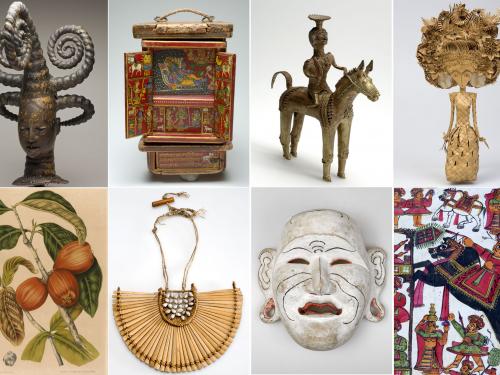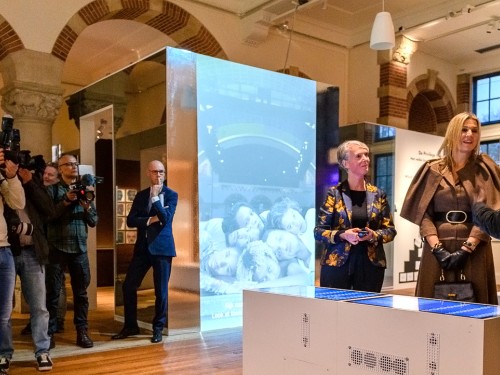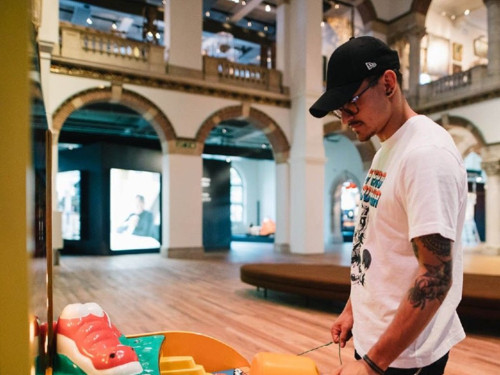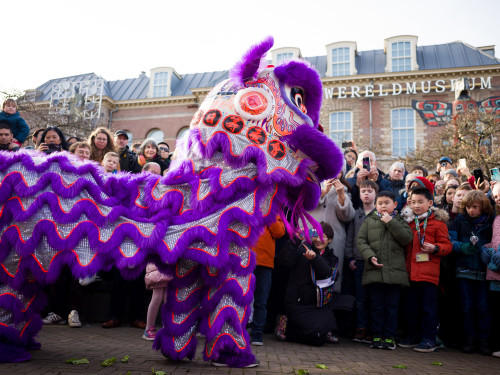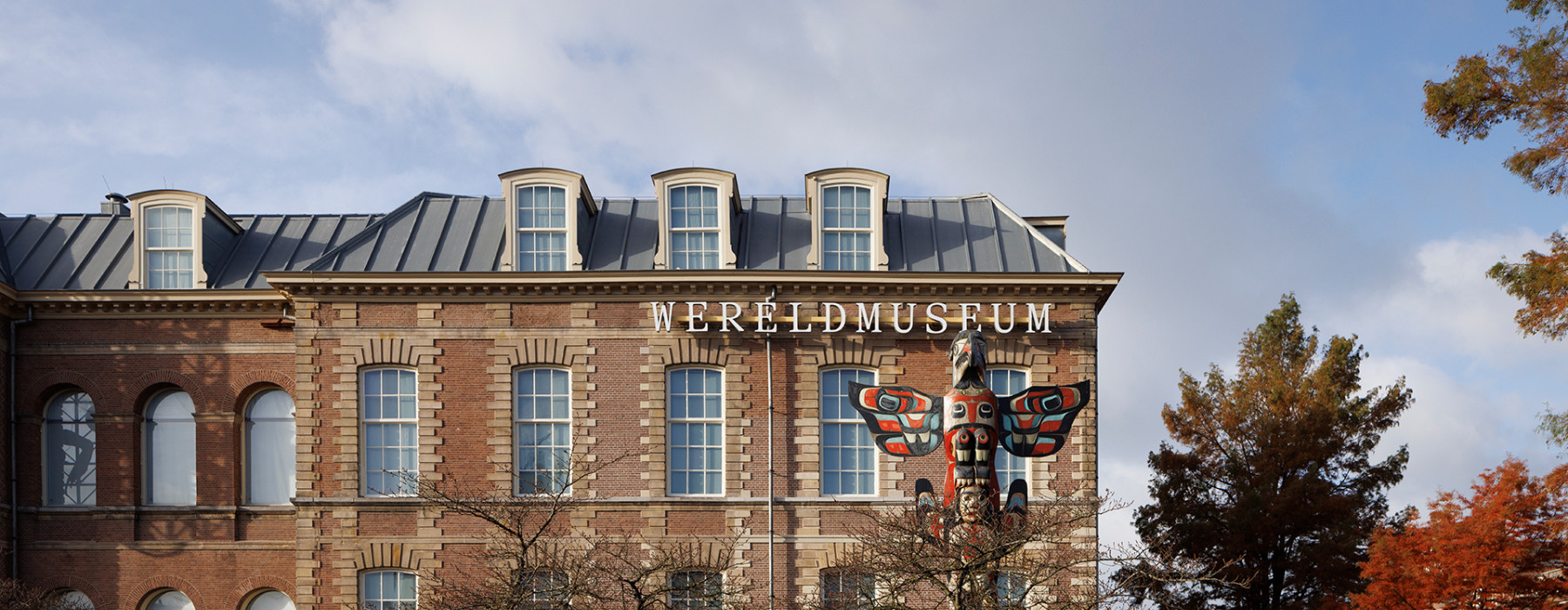
The Wereldmuseum Leiden (previously Museum Volkenkunde) has a long history. Founded in 1837 as the Rijks Japansch Museum Von Siebold (National Japanese Museum Von Siebold), it is one of the oldest ethnographic museums in the world. The original collection was of objects collected by Philipp Franz von Siebold while he was working as a doctor on Deshima, the Dutch trading post near Nagasaki in Japan (1823-1830). His collection was open to the public at 19 Rapenburg (today’s SieboldHuis ), in Leiden.
Image: Portrait Philipp Franz von Siebold (1796-1866) made by Edoardo Chiossone in 1875, RV-00-334
